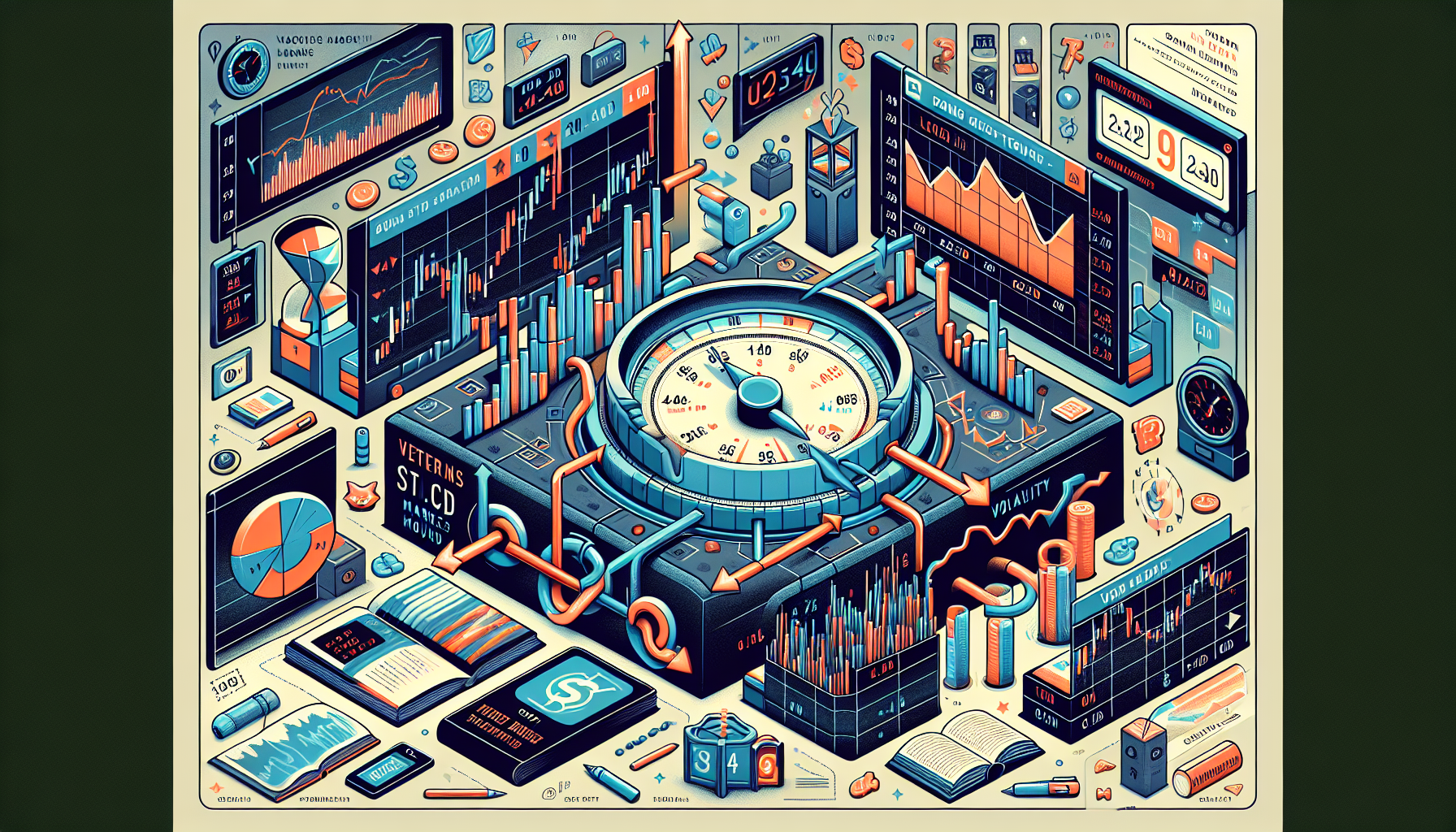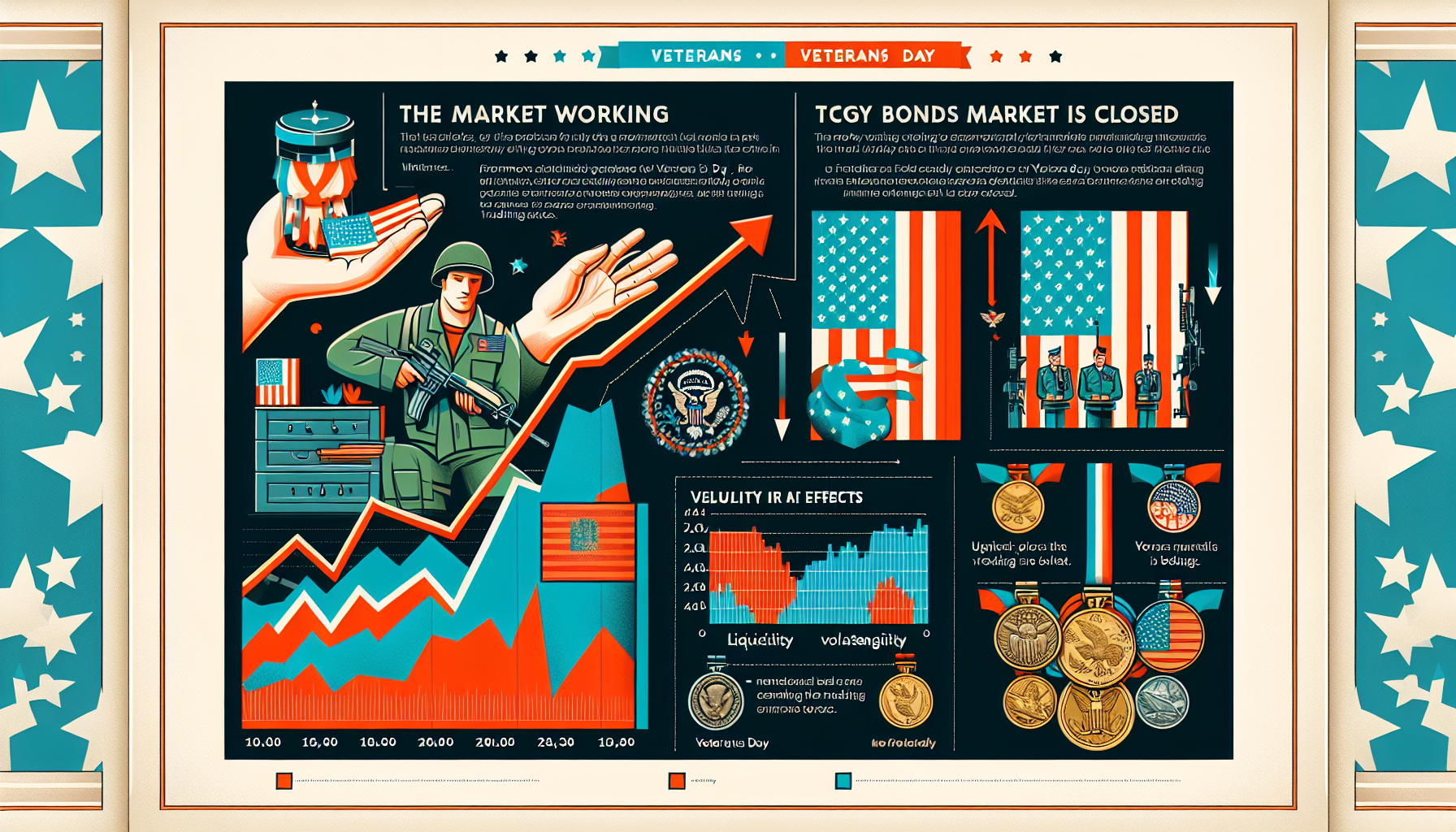How the Veterans Day Holiday Affects U.S. Financial Markets
For investors and traders, national holidays are more than just a day off; they represent a shift in the rhythm of the global financial markets. Veterans Day, observed annually on November 11th, is one such day that necessitates a clear understanding of market operations. Unlike holidays that trigger a full market closure, Veterans Day presents a unique scenario for U.S. stock and bond markets, directly impacting trading hours, liquidity, and overall market behavior. This guide provides a comprehensive overview of what to expect, ensuring you can navigate this distinct trading day with confidence.
A Tale of Two Schedules: Stock Markets vs. Bond Markets
The most critical distinction to understand is the differing treatment of Veterans Day between equity and debt markets. This split schedule often causes confusion but is a long-standing tradition based on the respective market structures.

The NYSE and Nasdaq: A Moment of Silence, Then Business as Usual
For the major U.S. stock exchanges, including the New York Stock Exchange (NYSE) and the Nasdaq, Veterans Day is a regular trading day. Both exchanges will be open for their standard session hours, from 9:30 AM to 4:00 PM Eastern Time. However, there is a notable ceremonial observance. In a moving tribute to the nation's heroes, the NYSE holds a moment of silence at the opening bell. This solemn pause honors the service and sacrifice of military veterans before the day's trading commences in full. For equity traders, this means the market open may carry a slightly different tone, but the full trading session proceeds without interruption.
The Bond Market's Tribute: A Day of Rest
In stark contrast, the U.S. bond market is fully closed in observance of Veterans Day. This closure encompasses Treasury bonds, notes, and bills, as well as corporate bonds. The key fixed-income trading platforms and the Federal Reserve, which handles government securities, do not operate. This shutdown has a ripple effect across the financial landscape, as the bond market is a cornerstone for global interest rates and capital allocation. The absence of this massive market segment on Veterans Day is a significant factor that influences trading in other asset classes.
Beyond the Bell: Broader Market Implications
The partial market closure creates a unique trading environment with several key characteristics that savvy investors should anticipate.
Navigating Reduced Liquidity and Potential Volatility
With the bond market closed, a major source of market liquidity and a key driver of economic sentiment vanishes for the day. This often leads to a phenomenon known as thinner trading. With fewer participants, especially large institutional players who actively trade across both stocks and bonds, the volume of shares traded can be significantly lower. Reduced liquidity can amplify price movements. A relatively small trade can cause a more substantial price swing than it would on a normal day, potentially leading to heightened intraday volatility in the stock market. Traders should be cautious with market orders and consider using limit orders to maintain control over their entry and exit prices.

Banking Holidays and Settlement Delays
Veterans Day is a federal holiday, meaning banks and other financial institutions are closed. This has a direct impact on the settlement of trades. The standard T+2 (trade date plus two business days) settlement cycle for stocks is effectively paused. If you execute a trade on the Friday before Veterans Day, the settlement will be delayed until the next business day when the banking system reopens. This is a crucial operational detail for active traders and those relying on the immediate transfer of funds.
Global Markets March On
While the U.S. bond market sleeps and its stock market operates on a modified schedule, international financial centers in Europe and Asia remain open. This can lead to interesting dislocations. Major economic data or geopolitical events occurring on Veterans Day will be absorbed by foreign markets first. When U.S. equity markets open, they may gap up or down based on overnight price action abroad, without the tempering influence of the domestic bond market's reaction. This can create sharp opening moves that traders need to be prepared for.
A Trading Strategy for Veterans Day
Given the unique market dynamics, adjusting your approach is a prudent measure.
- Embrace Caution Over Conviction: With lower liquidity and the potential for erratic price moves, it may not be the ideal day for high-risk, high-leverage trades or entering large, directional positions.
- Monitor the VIX: The CBOE Volatility Index (VIX) often behaves differently on such days. Keep a close watch as it can be a key indicator of market nervousness in the absence of full participation.
- Focus on Technicals: In the absence of new fundamental drivers from the bond market, technical analysis and chart patterns can play a more pronounced role in intraday price action.
- Anticipate the Reopening: The day after Veterans Day can sometimes see a surge of pent-up activity as bond traders return to the market and react to any developments that occurred during their absence.
Conclusion: Market Outlook for the Coming Weeks
The impact of the Veterans Day holiday extends beyond a single day of altered trading hours. It serves as a microcosm of the market's sensitivity to liquidity and participant presence. In the weeks following the holiday, investors should watch for a potential "catch-up" effect in the bond market, which could influence stock valuations, particularly for rate-sensitive sectors like technology and real estate. Furthermore, if the holiday-induced thin trading exacerbated any existing market trends—whether bullish or bearish—it could reinforce those sentiments in the short term. As we move deeper into November, the market's focus will quickly shift to the next major catalysts: retail sales data, the evolving inflation picture, and the looming "Santa Claus Rally" season. The brief pause of Veterans Day offers a moment of reflection, but it is merely an interlude in the continuous narrative of the markets, reminding us that a well-informed strategy accounts for both the open and the closed doors on Wall Street.

